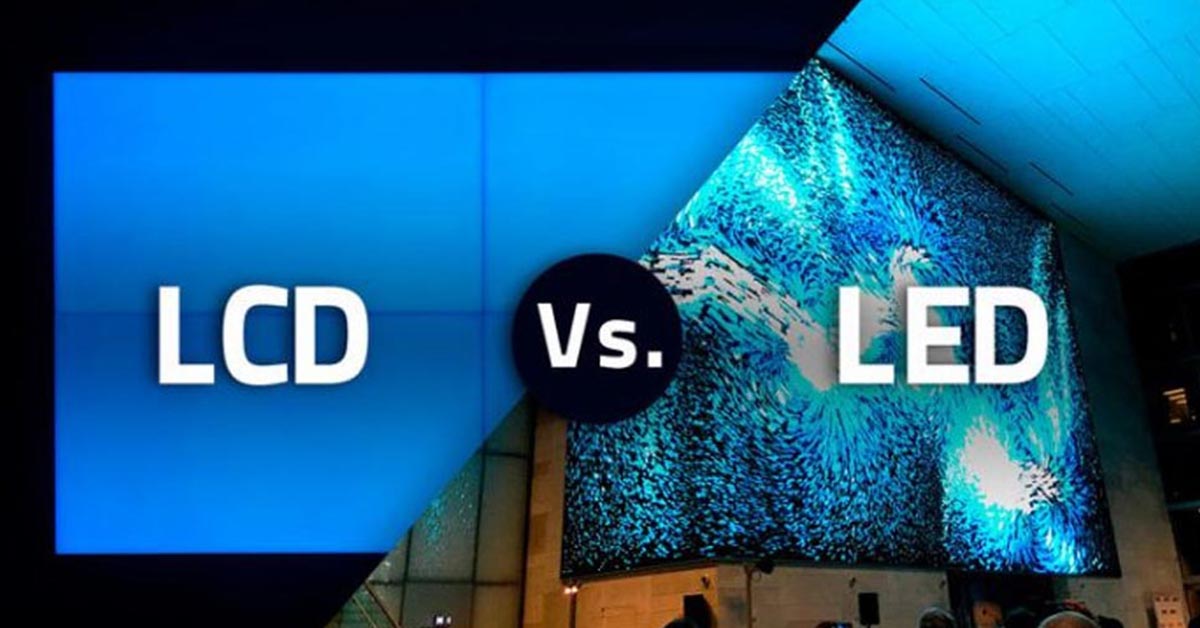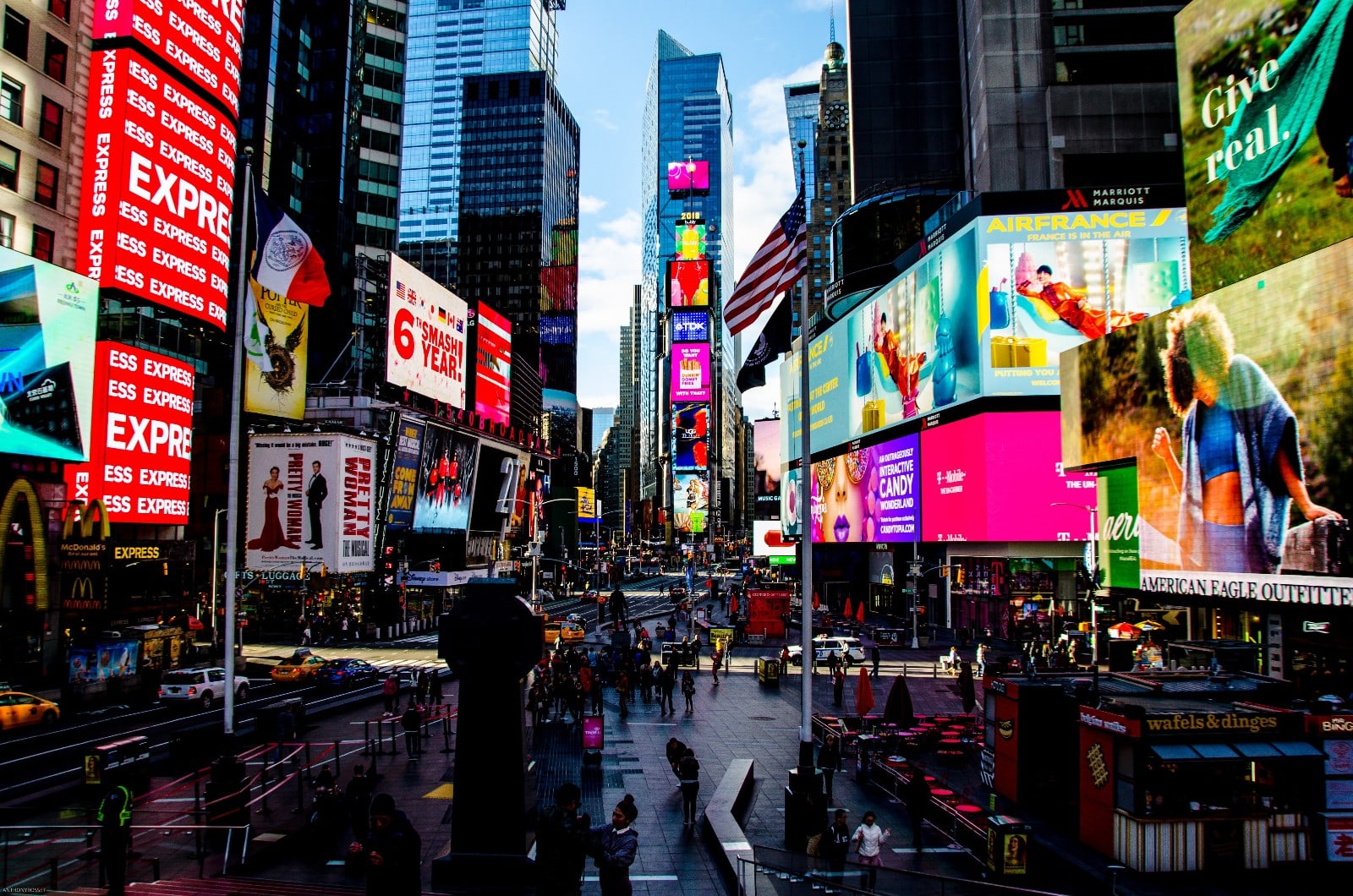

Few places on Earth are as synonymous with spectacle as Times Square. It’s the glowing nerve center of New York City, flooded with digital screens, flashing logos, and streaming tourists at all hours. It’s also one of the most expensive—and misunderstood—advertising playgrounds in the world.
But for all the lights and eyeballs, the effectiveness of advertising in Times Square is not what it appears at first glance. Let’s break down what actually happens when a brand takes over a screen in Times Square, what kind of ROI (if any) can be expected, and how smart marketers are using it as a content engine rather than just a billboard.
It’s easy to assume Times Square advertising is about impressions—millions of people walking through every month, tourists staring up at your brand. And sure, the raw foot traffic is insane. But here’s the catch: very few of those people are acting on what they see. No one’s pulling out their phone to buy software after seeing your startup’s name flash for 15 seconds between Pepsi and Spider-Man.
So why do brands still do it?
Because you’re not paying for attention in the moment. You’re paying for media you can repackage, repurpose, and amplify everywhere else.
The actual use case most marketers exploit is this:
This move is called “trading up the chain”—where you leverage one high-credibility moment to get exposure in other, more impactful channels. The physical ad may last 15 seconds, but the perception of being big enough to be in Times Square can last years if marketed right.
Contrary to popular belief, you don’t need a $500K war chest to advertise in Times Square. You can run digital ads for as little as 15 seconds at a time. Some companies pay for 7-second ads every hour, which adds up to just a few minutes a day.
Pricing varies wildly depending on:
Reported figures range from $5,000 to $50,000 per day, but hourly slots or packages can go lower if you negotiate through agencies that broker space.
Some startups have even secured ad placements for free through brand sponsorships. One such example: Brex sponsored Times Square screen time for select startups, helping them capture the footage and build brand legitimacy.
Again—the real win wasn’t that a tourist saw it in person. The win was posting the footage on LinkedIn and generating credibility at scale.
Great question—and a surprisingly common one. A flood of marketers (and Redditors) have asked: Why pay $5K for 15 seconds when you can just mock it up in Photoshop and pretend?
Here’s the deal:
One comment summed it up perfectly: “You could Photoshop your product into Taylor Swift’s hand, too. Doesn’t mean it’s smart marketing.”
Still, some brands push the boundary with “fictional Times Square” mockups—rendered 3D environments, digital twins, or stylized recreations that are “inspired by” Times Square but not exact replicas. This gives you the vibe without the lawsuit.
Let’s kill the biggest misconception right now: Times Square ads do not sell product—at least, not directly.
No one’s walking through the crowd, seeing your app’s logo, and immediately downloading it. That’s not how this medium works. It’s why major corporations are the ones who benefit most from it. Brands like Coca-Cola, Samsung, Apple, and Netflix aren’t tracking individual conversions—they’re reinforcing that they belong on the same level as the other big dogs.
That’s also why you rarely see local services (like a Queens-based dentist or bakery) wasting money on Times Square. The cost-to-impact ratio for direct conversions is terrible.
But if you’re trying to:
Then Times Square is actually one of the most content-efficient ad spends out there—if you use it right.
Another little-known perk: Times Square isn’t just about marketing to people in Times Square. It’s about being in the background of everyone else’s photos, videos, vlogs, and social media.
Your ad might photobomb:
You’re effectively buying into the cultural subconscious. People might not remember your ad today, but if you show up often enough, brand familiarity starts to build. And for brands focused on longevity, familiarity is everything.
Let’s be real: New Yorkers avoid Times Square like the plague. Locals aren’t your target audience here. The real ROI comes from the optics—not from foot traffic converting.
This distinction is critical. If you’re advertising something hyper-specific and niche, you’re better off with targeted digital ads or OOH placements in transit stations, college campuses, airports, or malls.
The most successful Times Square campaigns today are multi-channel plays. Here’s the formula being repeated:
It’s less like buying an ad, and more like buying a story your brand can tell forever.
Don’t even consider it if:
Without amplification, your 15-second slot is just that: 15 seconds in the wind.
For most brands? No.
For some brands? It’s brilliant.
If you’re seeking performance marketing, it’s a waste. If you want clout, content, brand legitimacy, and cultural placement, it might be the best $10K you ever spend.
It’s less about how many people see your ad—and more about how many people see that you had one.
Because in a world driven by perception, the illusion of scale is often just as powerful as the real thing.
Times Square advertising is not about conversions—it’s about clout, storytelling, and repackaging content. For scrappy startups, the goal isn’t foot traffic—it’s turning 15 seconds into a year’s worth of media. Use it wisely, or not at all.